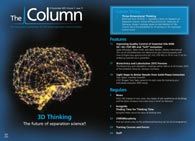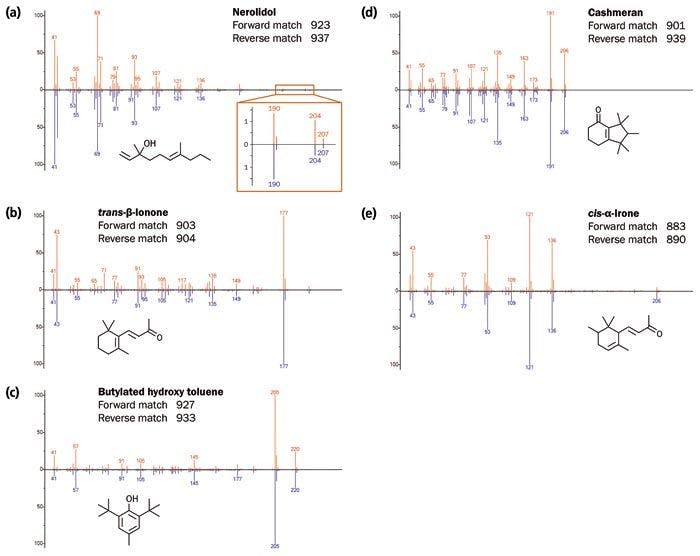Purnendu “Sandy” Dasgupta Awarded $1 Million NASA Grant
Purnendu “Sandy” Dasgupta, Hamish Small Chair in Ion Analysis of Chemistry and Biochemistry in the UT Arlington College of Science, has been awarded almost $1 million from NASA. The grant will support research into extension of the open-tubular capillary chromatography platform that Dasgupta developed for the detection and separation of ions.
Purnendu “Sandy” Dasgupta, Hamish Small Chair in Ion Analysis of Chemistry and Biochemistry in the UT Arlington College of Science, has been awarded almost $1 million from NASA. The grant will support research into extension of the open-tubular capillary chromatography platform that Dasgupta developed for the detection and separation of ions.
Dasgupta is now working towards tackling the challenge of designing a portable system for liquid-based separation and detection of chiral amino acids in space. He said: “Life is centred on one type of chirality. Our objective, if we can detect amino acids, is to separate the amino acids into chiral forms. That means we’ll be able to tell whether we have an excess of one chiral form over another, or dominantly just one chiral form. In that case, it would definitely be related to life.”

New TRC Facility Accelerates Innovation and Delivery
April 25th 2025We’ve expanded our capabilities with a state-of-the-art, 200,000 sq ft TRC facility in Toronto, completed in 2024 and staffed by over 100 PhD- and MSc-level scientists. This investment enables the development of more innovative compounds, a broader catalogue and custom offering, and streamlined operations for faster delivery. • Our extensive range of over 100,000 high-quality research chemicals—including APIs, metabolites, and impurities in both native and stable isotope-labelled forms—provides essential tools for uncovering molecular disease mechanisms and exploring new opportunities for therapeutic intervention.
New Guide: Characterising Impurity Standards – What Defines “Good Enough?”
April 25th 2025Impurity reference standards (IRSs) are essential for accurately identifying and quantifying impurities in pharmaceutical development and manufacturing. Yet, with limited regulatory guidance on how much characterisation is truly required for different applications, selecting the right standard can be challenging. To help, LGC has developed a new interactive multimedia guide, packed with expert insights to support your decision-making and give you greater confidence when choosing the right IRS for your specific needs.

.png&w=3840&q=75)

.png&w=3840&q=75)



.png&w=3840&q=75)



.png&w=3840&q=75)











